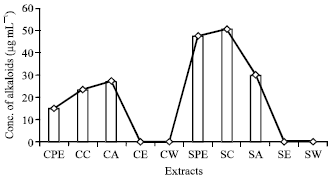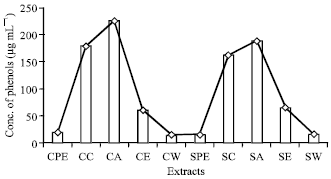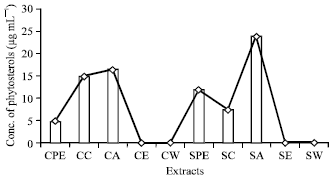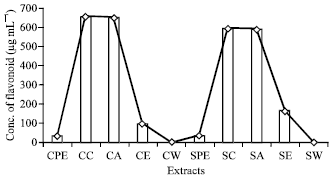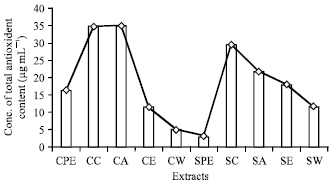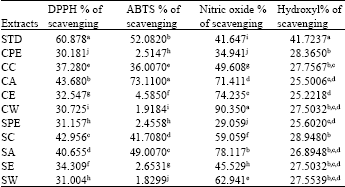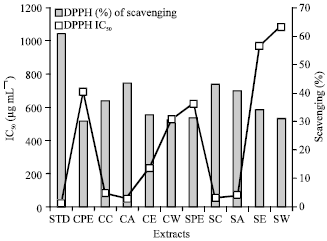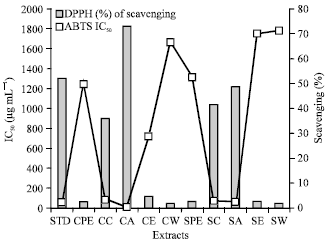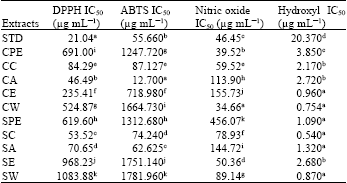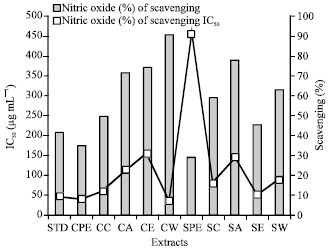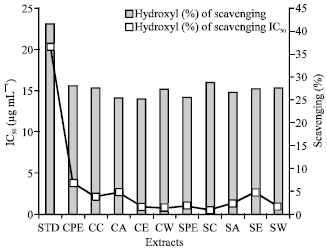Research Article
Phytochemical Evaluation and in vitro Free Radical Scavenging Activity of Cold and Hot Successive Pseudobulb Extracts of Medicinally Important Orchid Flickingeria nodosa (Dalz.) Seidenf
Department of Plant Biotechnology, Genohelix Biolabs-A Division of CASB, Jain University, 127/3, Bull Temple Road, Chamrajpet, Bangalore-560019, India
Nalini Satishchandra
Shri Bhagawan Mahaveer Jain College, Jain University, 91/2, Dr. A N Krishna Rao Road, V V Puram, Bangalore-560004, India
S. Rajath
Department of Plant Biotechnology, Genohelix Biolabs-A Division of CASB, Jain University, 127/3, Bull Temple Road, Chamrajpet, Bangalore-560019, India









